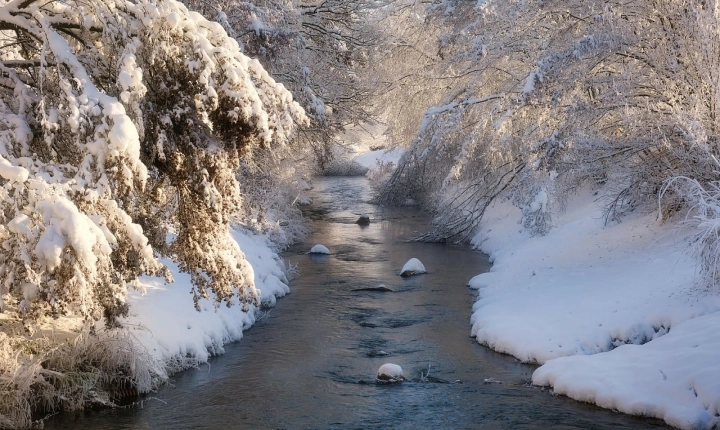AI Art Generators: The Future of Creative Expression
Artificial Intelligence (AI) has made significant strides in the field of creativity, enabling the development of AI art generators that can produce stunning and thought-provoking digital artwork. These AI art generators leverage advanced algorithms and machine learning techniques to create unique and captivating pieces of art, pushing the boundaries of what is possible in the realm of digital creativity.
One of the most well-known AI art generators is DeepArt, which uses a technique called neural style transfer to generate artwork based on a combination of styles. Users can upload their own images and apply the style of famous artists or different artistic movements to create a new, AI-generated masterpiece. This process involves analyzing the features of the input image and recombining them with elements of the chosen style, resulting in visually striking and imaginative compositions.
Another prominent AI art generator is Runway ML, a platform that allows artists to harness the power of machine learning models to create cutting-edge digital art. With a user-friendly interface and a wide range of pre-trained models, Runway ML enables artists to explore new creative possibilities by manipulating, morphing, and combining images, videos, and sound to generate visually stunning and innovative artwork.
Additionally, Artbreeder is an AI art generator that enables users to explore the creative potential of generative adversarial networks (GANs) to produce a diverse range of digital art. By blending and evolving different images, Artbreeder empowers artists to experiment with creating unique and captivating visual compositions, offering a new way to explore artistic expression and creativity through AI-generated imagery.
One of the key advantages of AI art generators is their ability to democratize and expand access to art creation and expression. These tools provide artists with new ways to explore and experiment with artistic styles and techniques, breaking down traditional barriers and opening up new avenues for creative exploration. Furthermore, AI art generators can serve as a source of inspiration and innovation for artists, offering new perspectives and methods for creating art that challenge conventional approaches.
However, the rise of AI art generators has also sparked discussions about the role of creativity and the impact of technology on the art world. Critics argue that AI-generated art blurs the lines between human creativity and machine-generated output, raising questions about authorship, originality, and the future of artistic expression. Nevertheless, proponents of AI art generators contend that these tools can coexist with traditional art practices, offering new opportunities for collaboration, exploration, and artistic evolution.
As AI continues to advance, the potential for AI art generators to transform the creative landscape is vast. From digital paintings and illustrations to multimedia installations and interactive experiences, the integration of AI into the creative process has the potential to revolutionize artistic expression in profound ways. By harnessing the capabilities of AI art generators, artists can unlock new frontiers of creativity and expand the boundaries of what is possible in the realm of digital art.
In conclusion, AI art generators represent a powerful convergence of technology and creativity, offering artists and creators new tools to explore innovative paths in artistic expression. As these technologies continue to evolve, AI art generators are poised to become an indispensable part of the creative process, amplifying the potential for exploration and discovery in the digital art landscape. With their ability to inspire, challenge, and disrupt conventional notions of art, AI art generators are shaping the future of creative expression in unprecedented ways.
